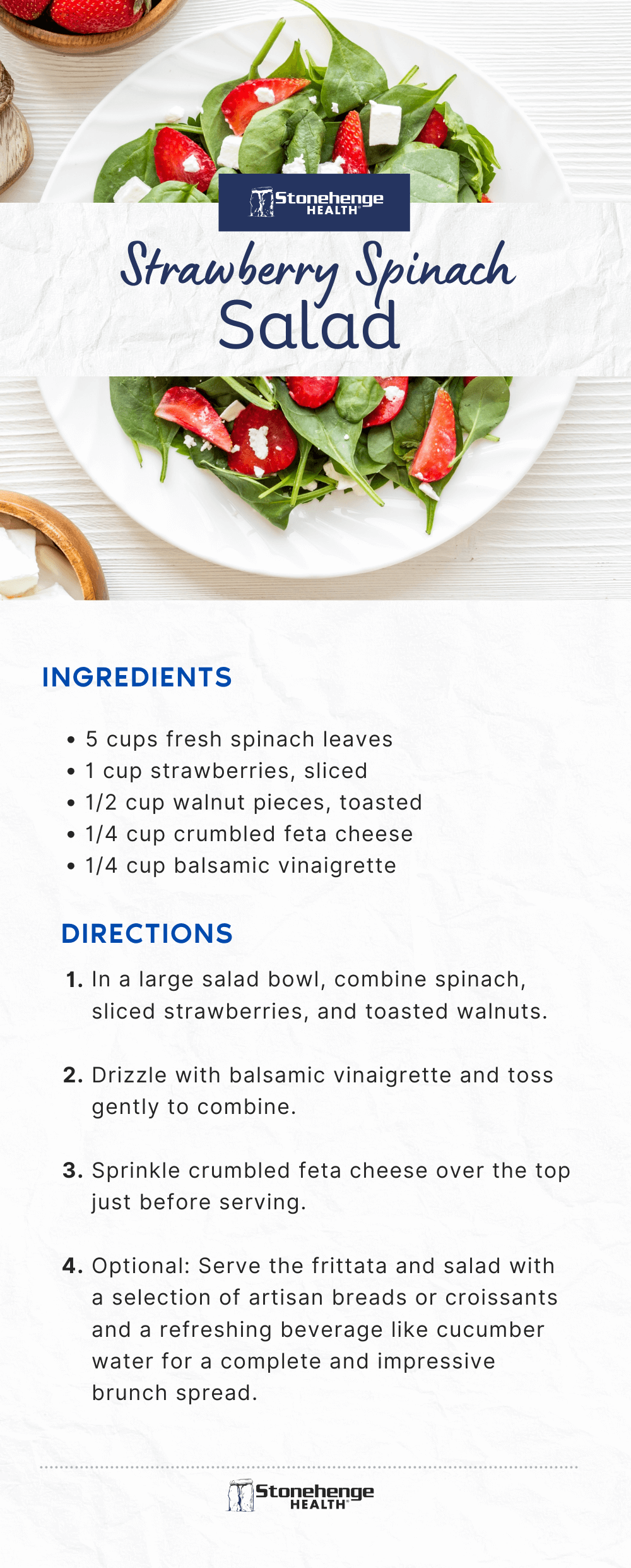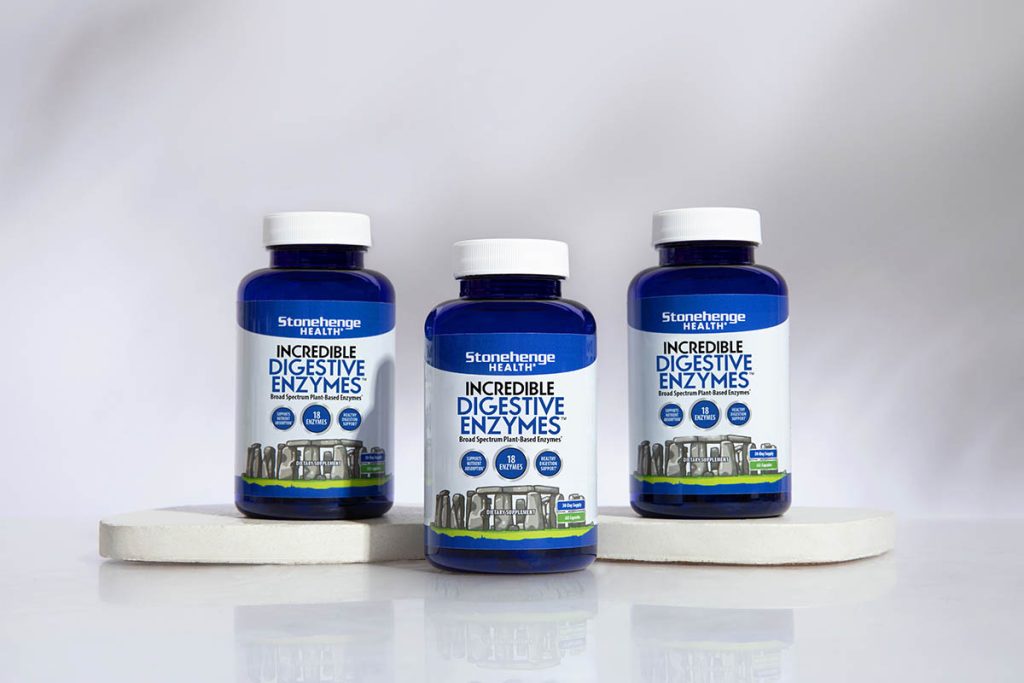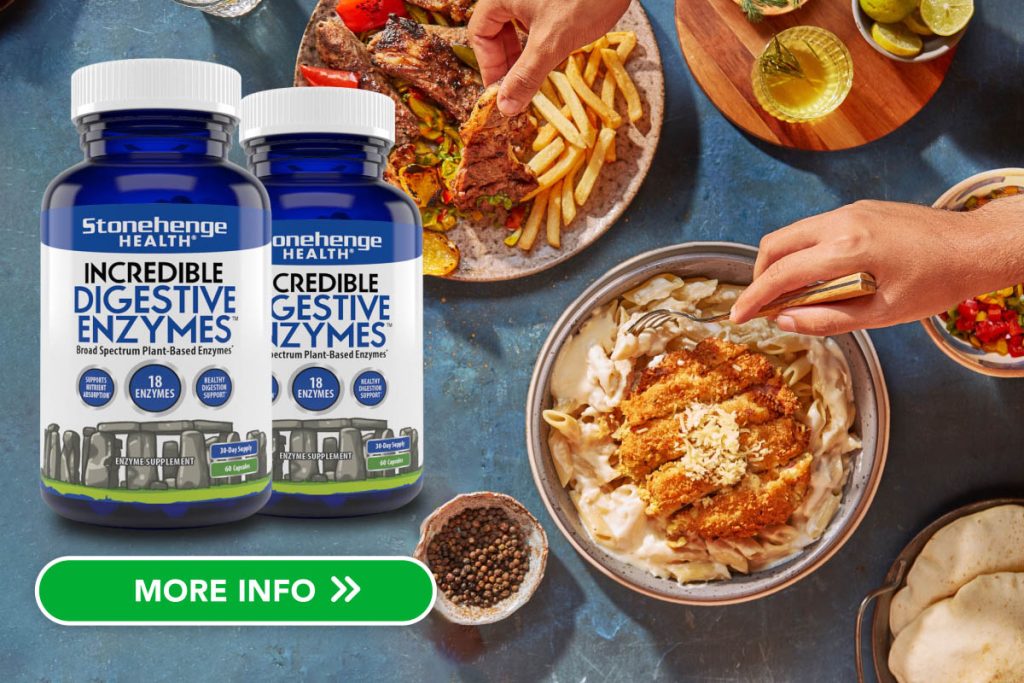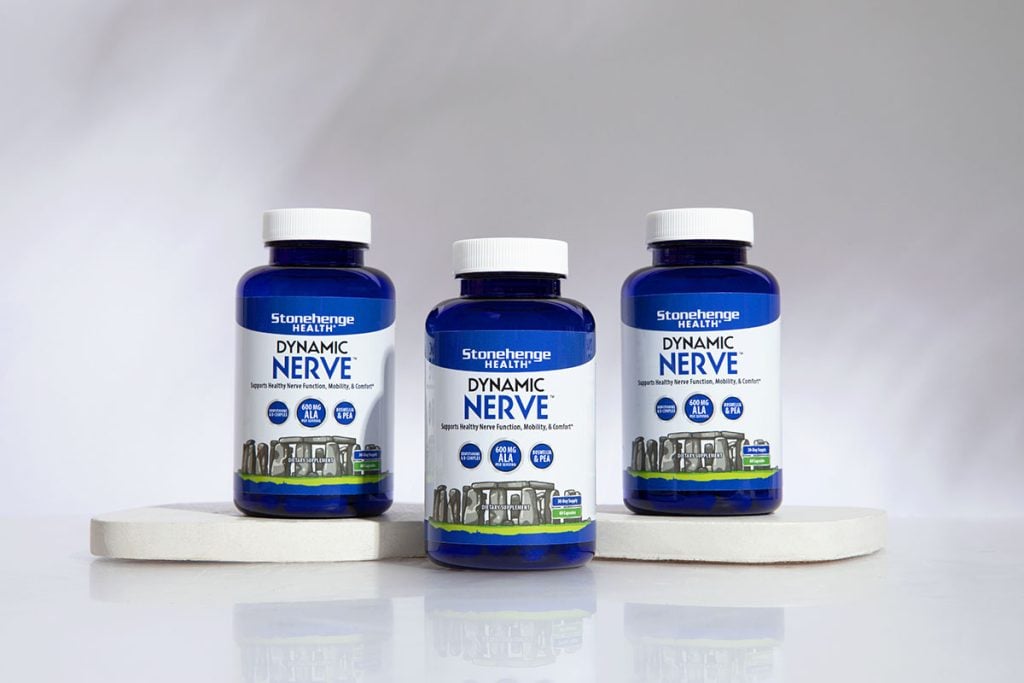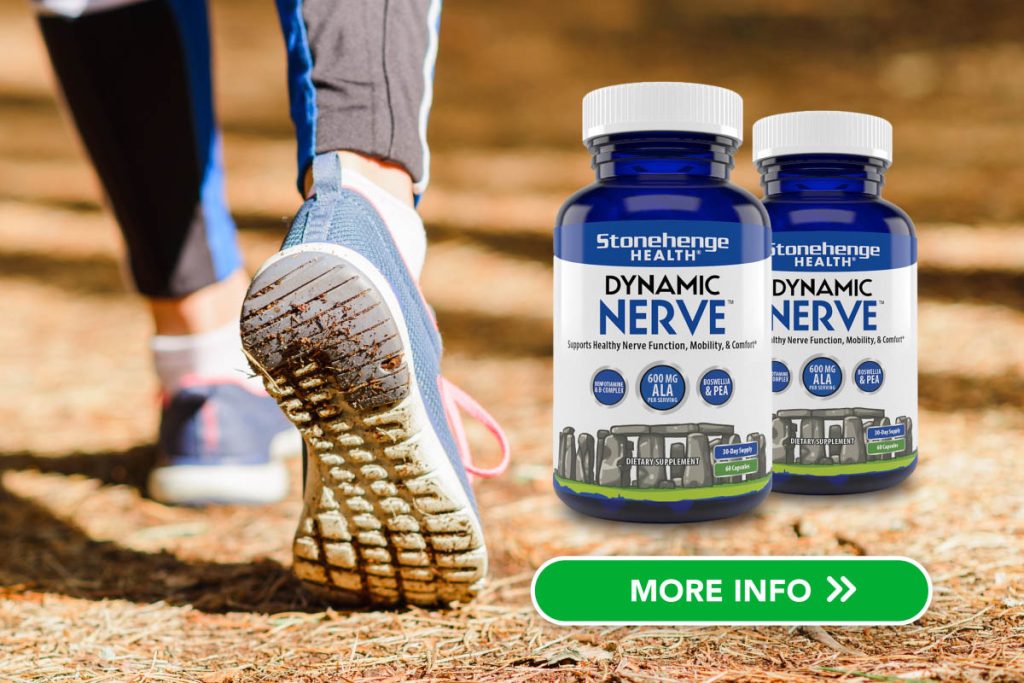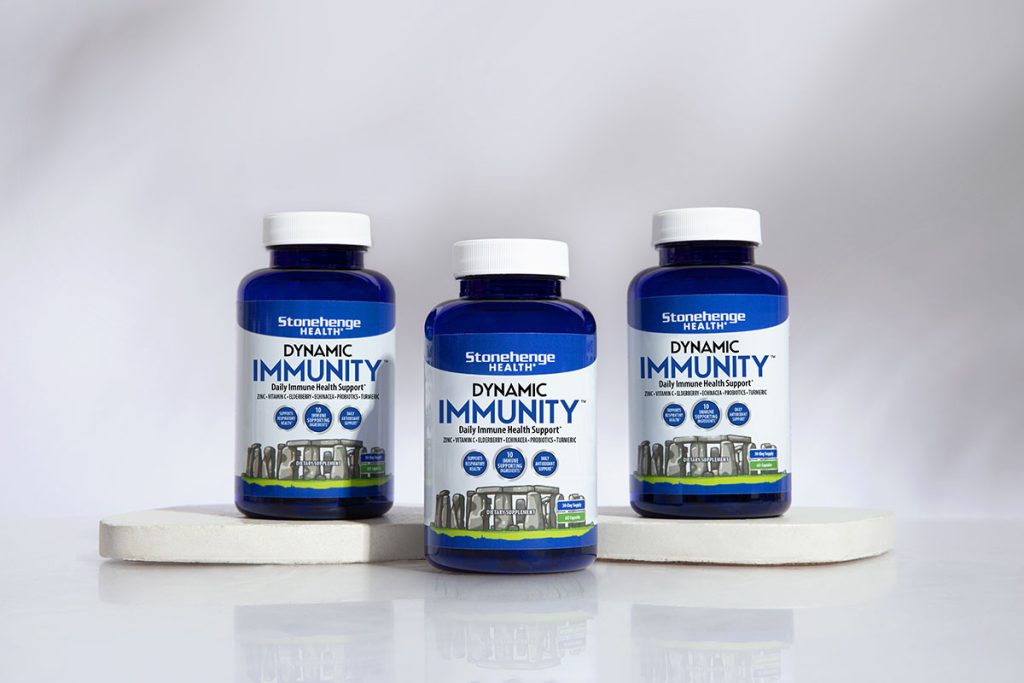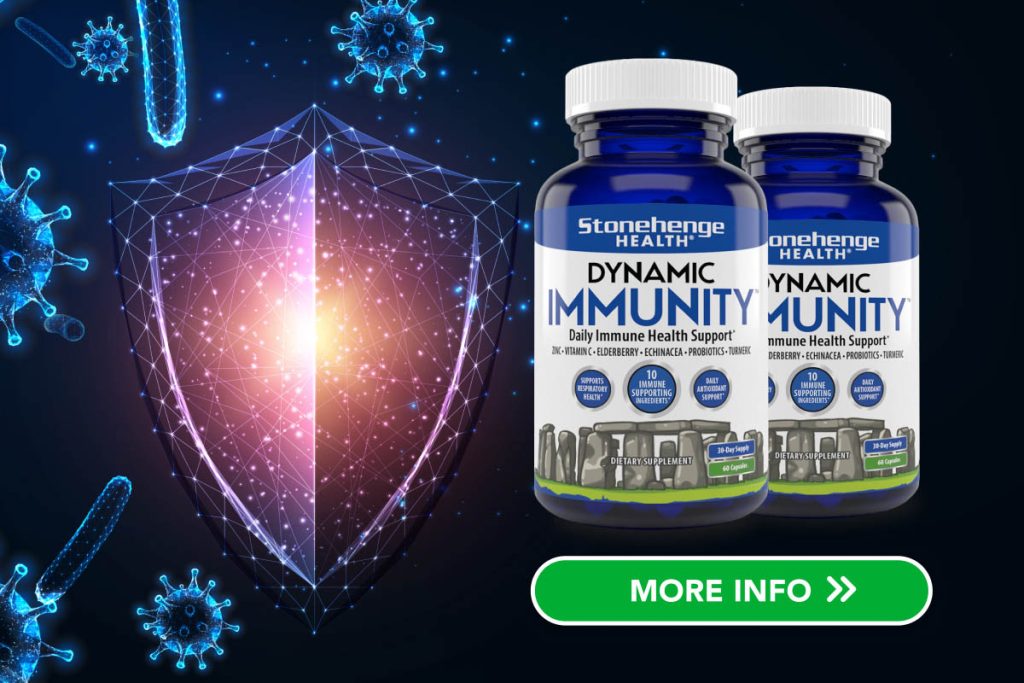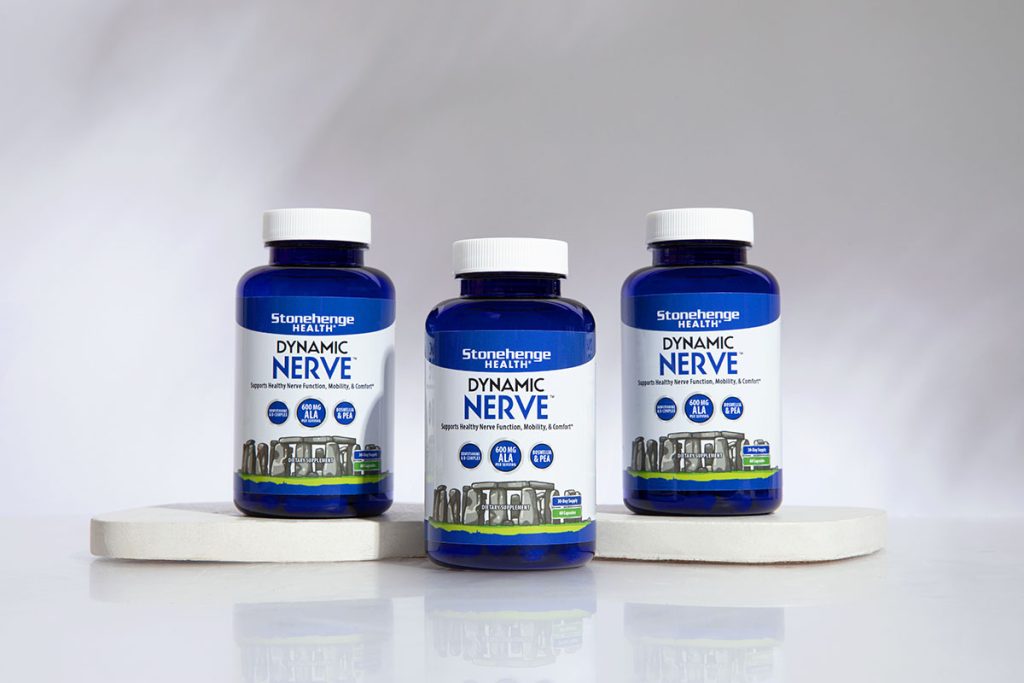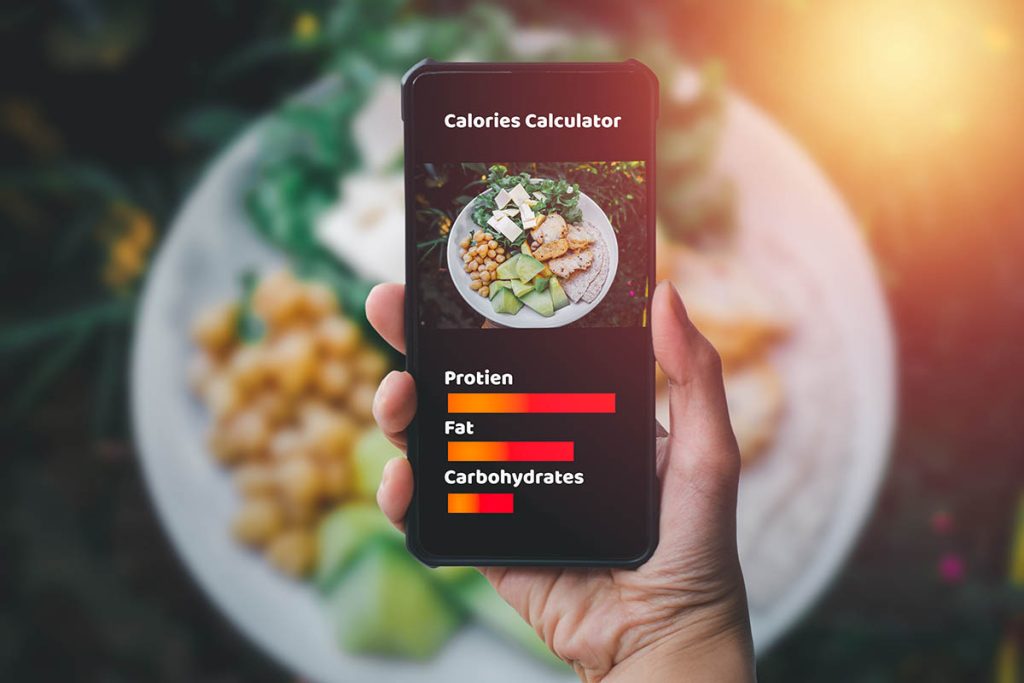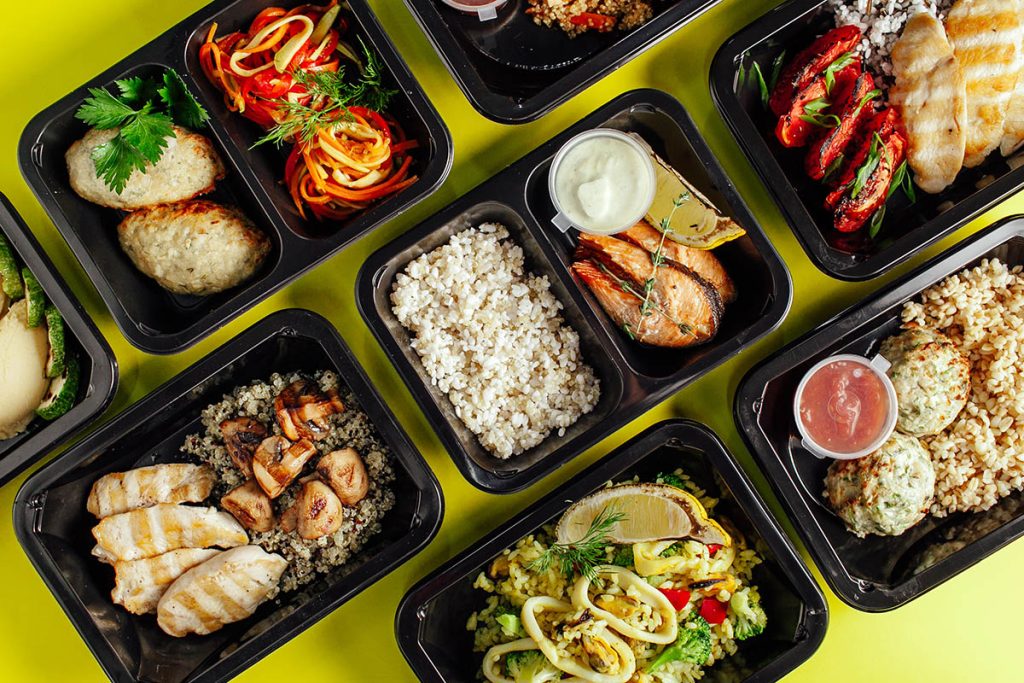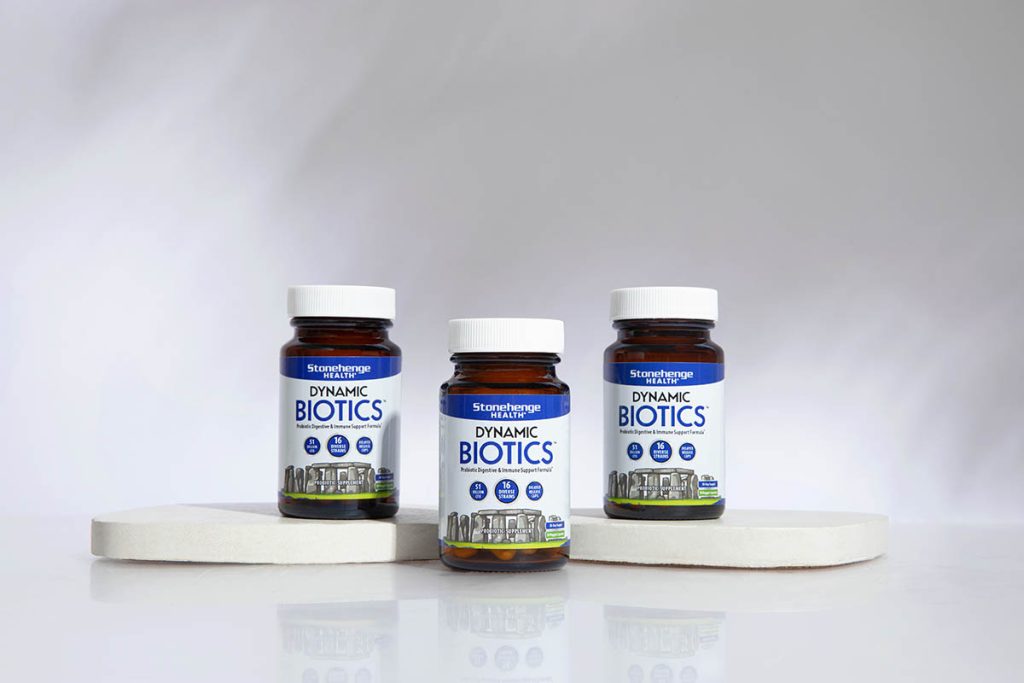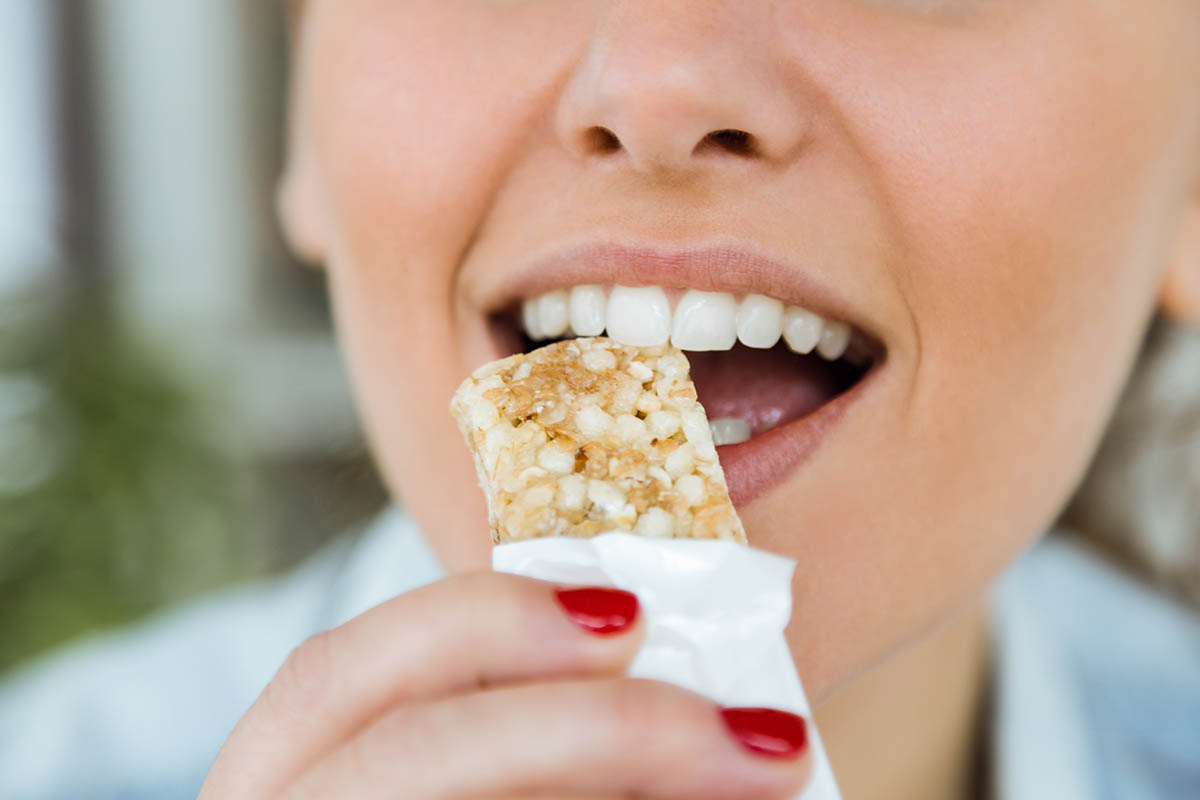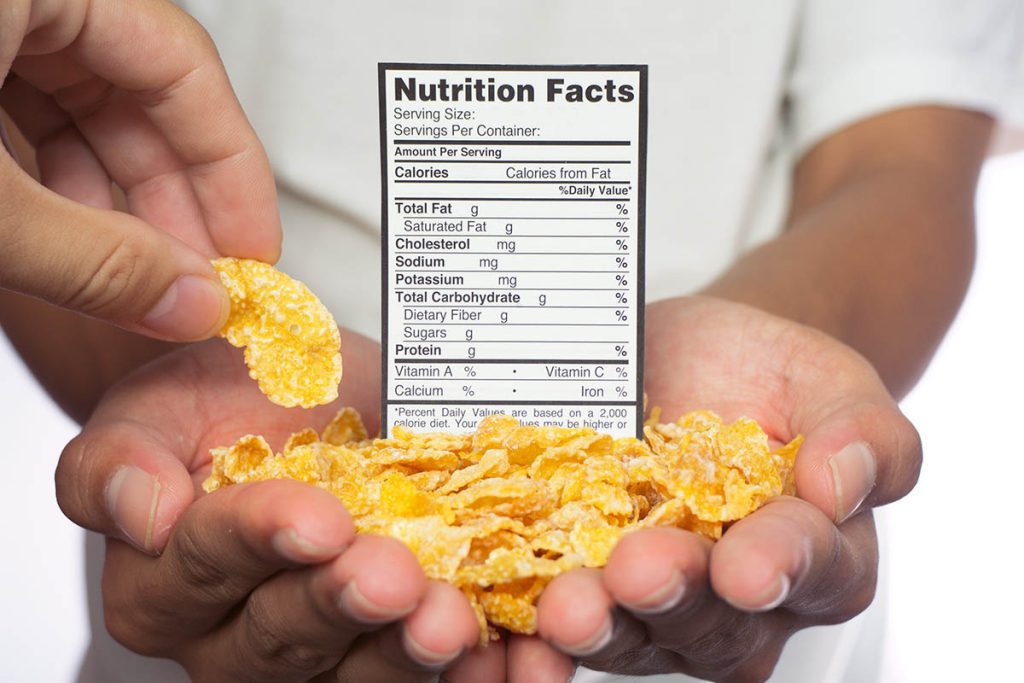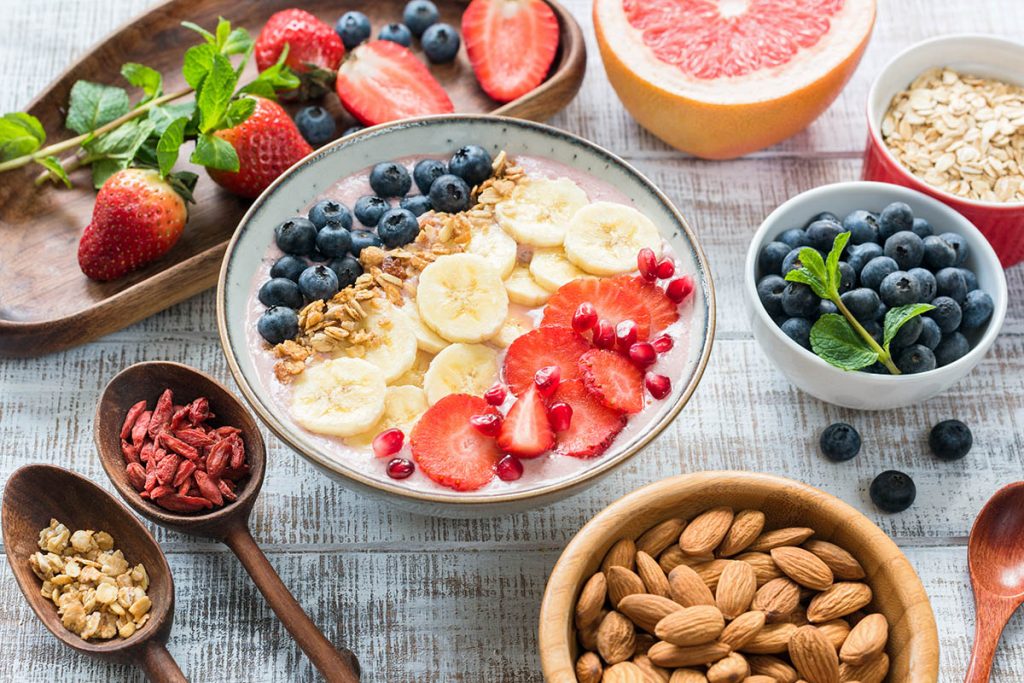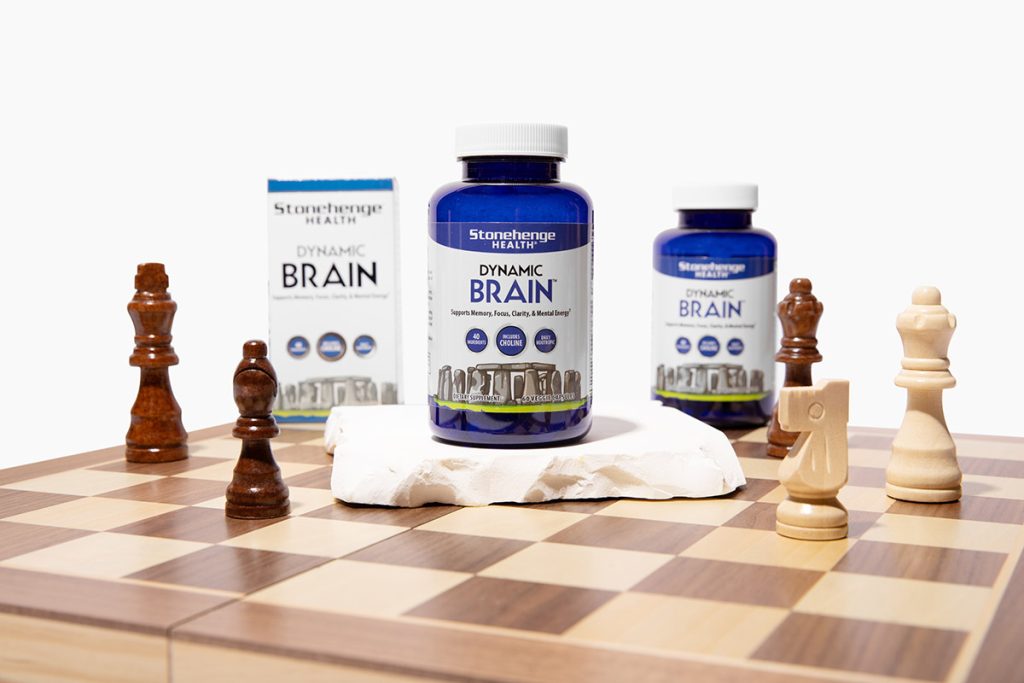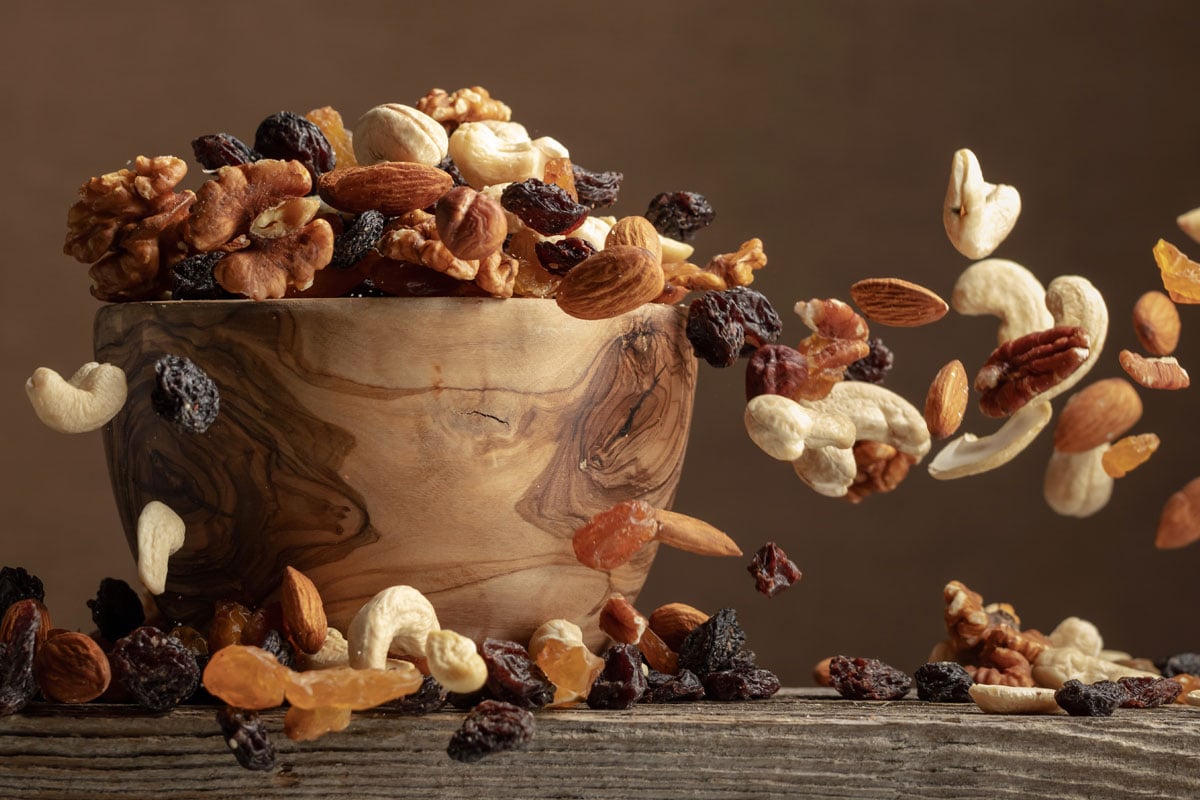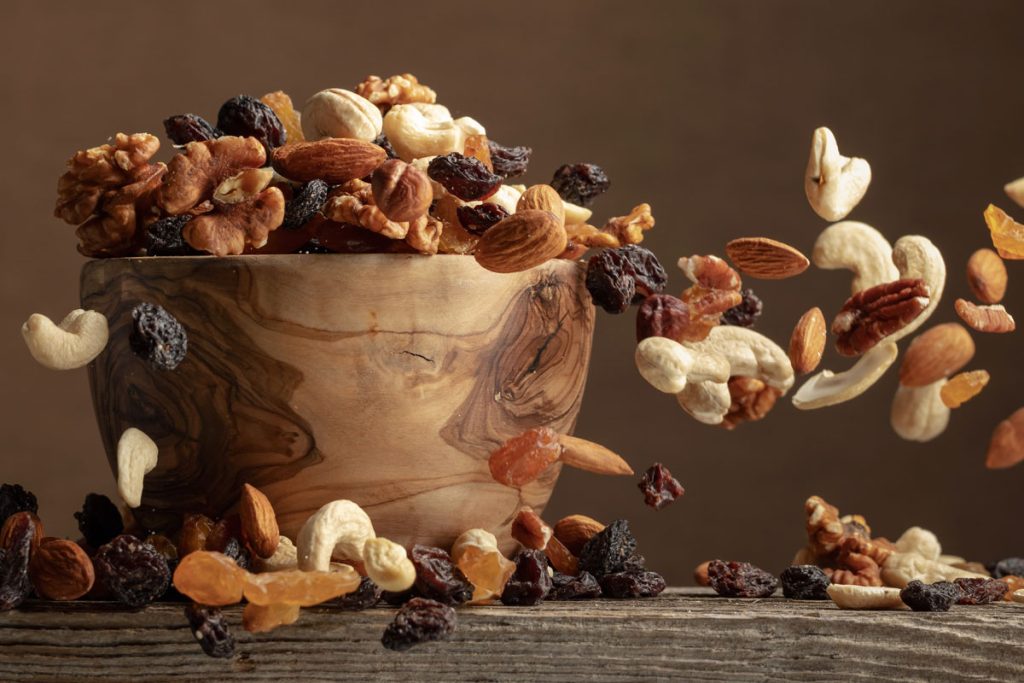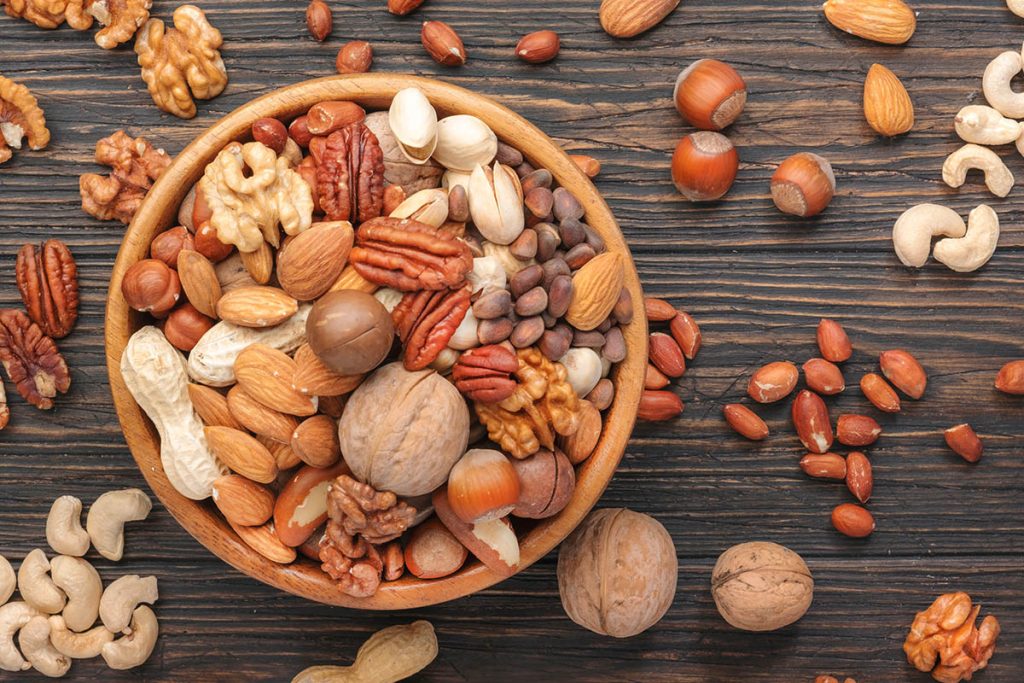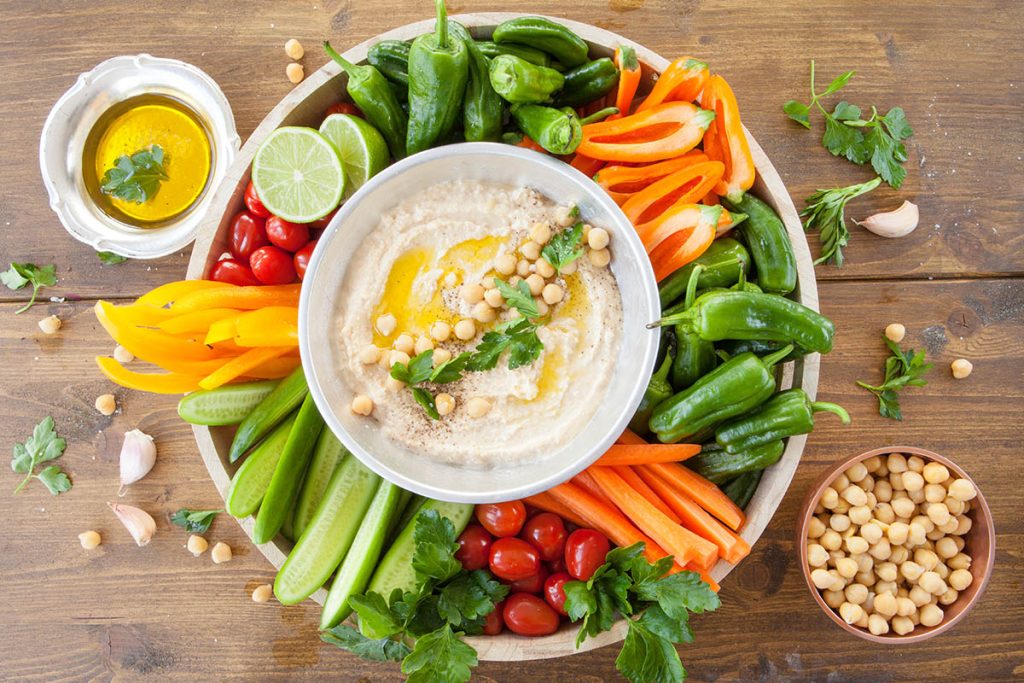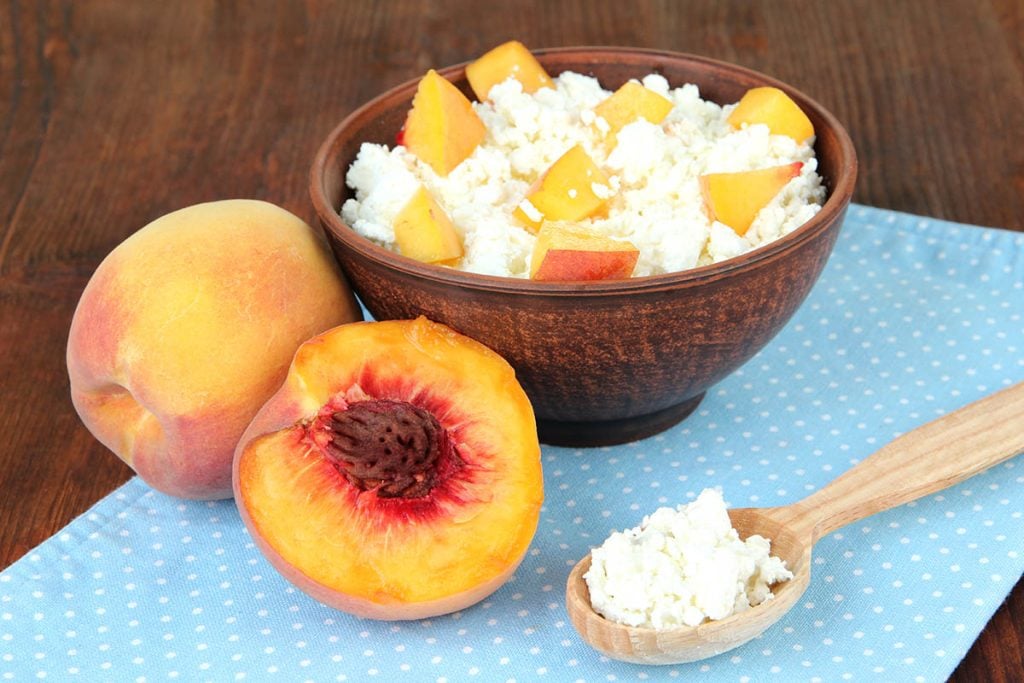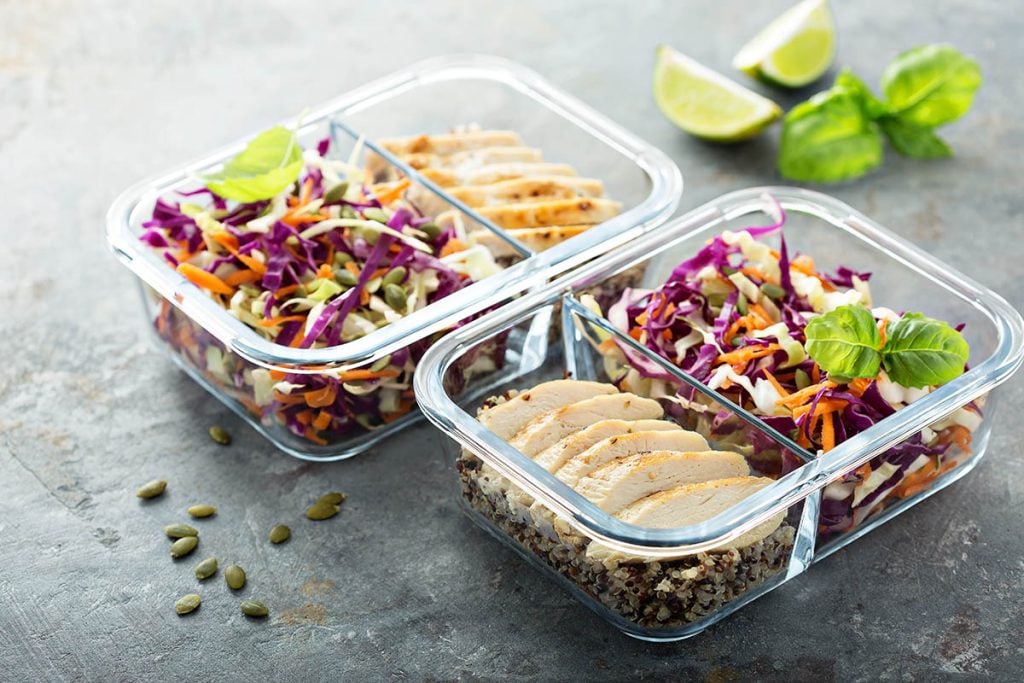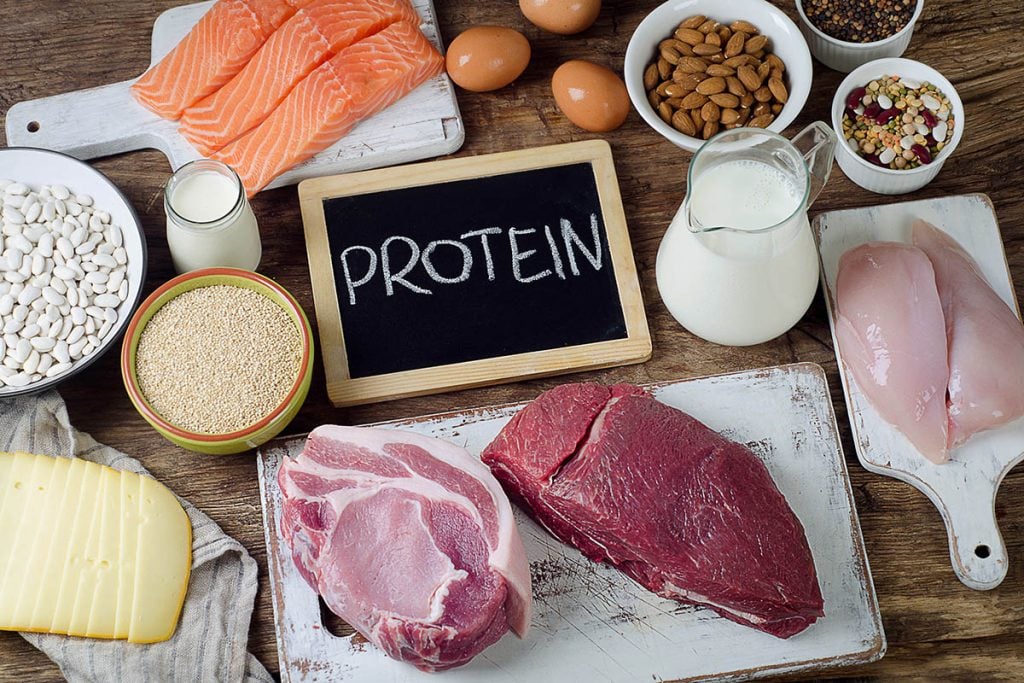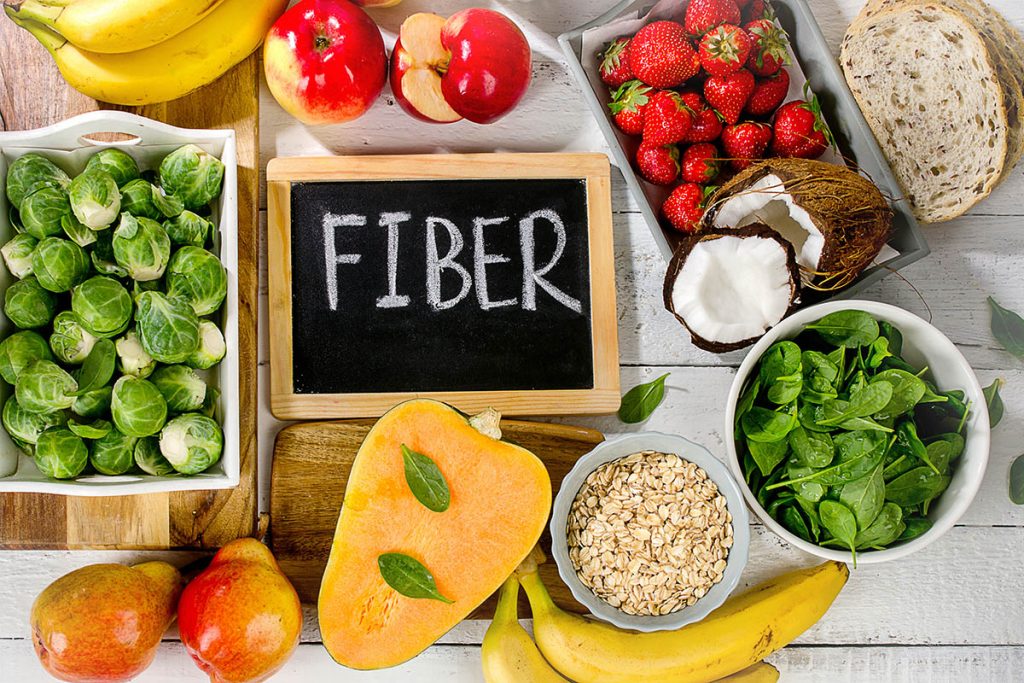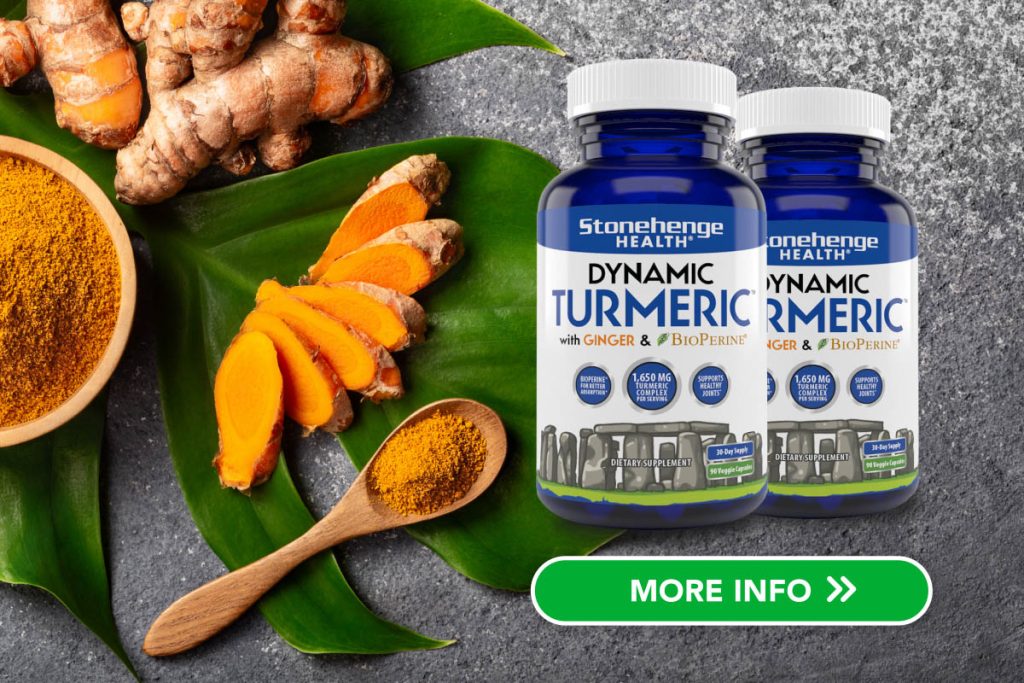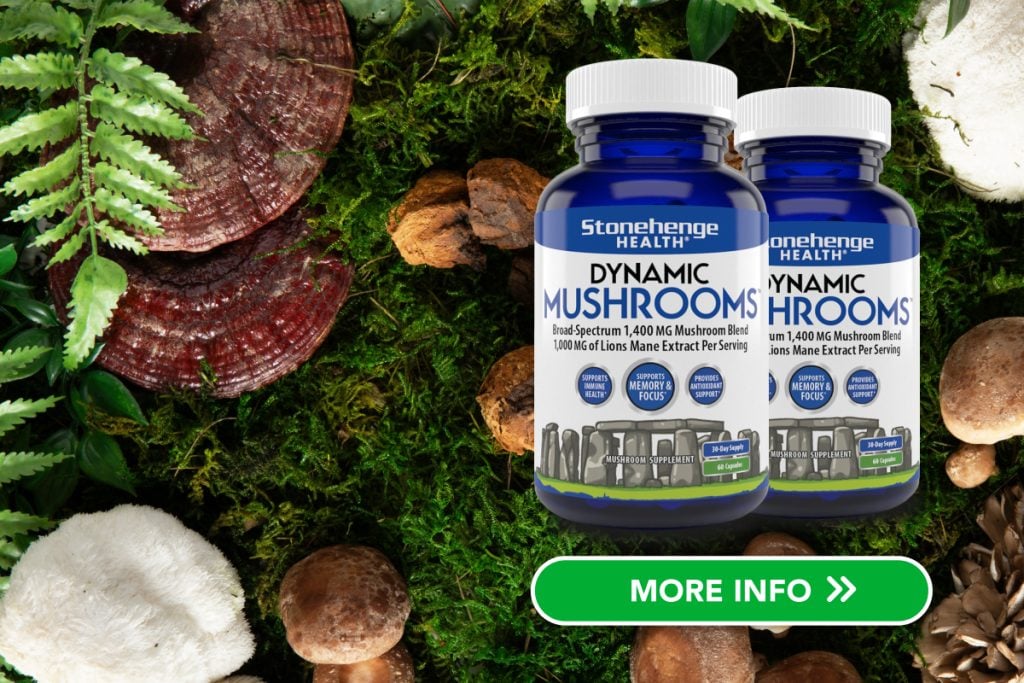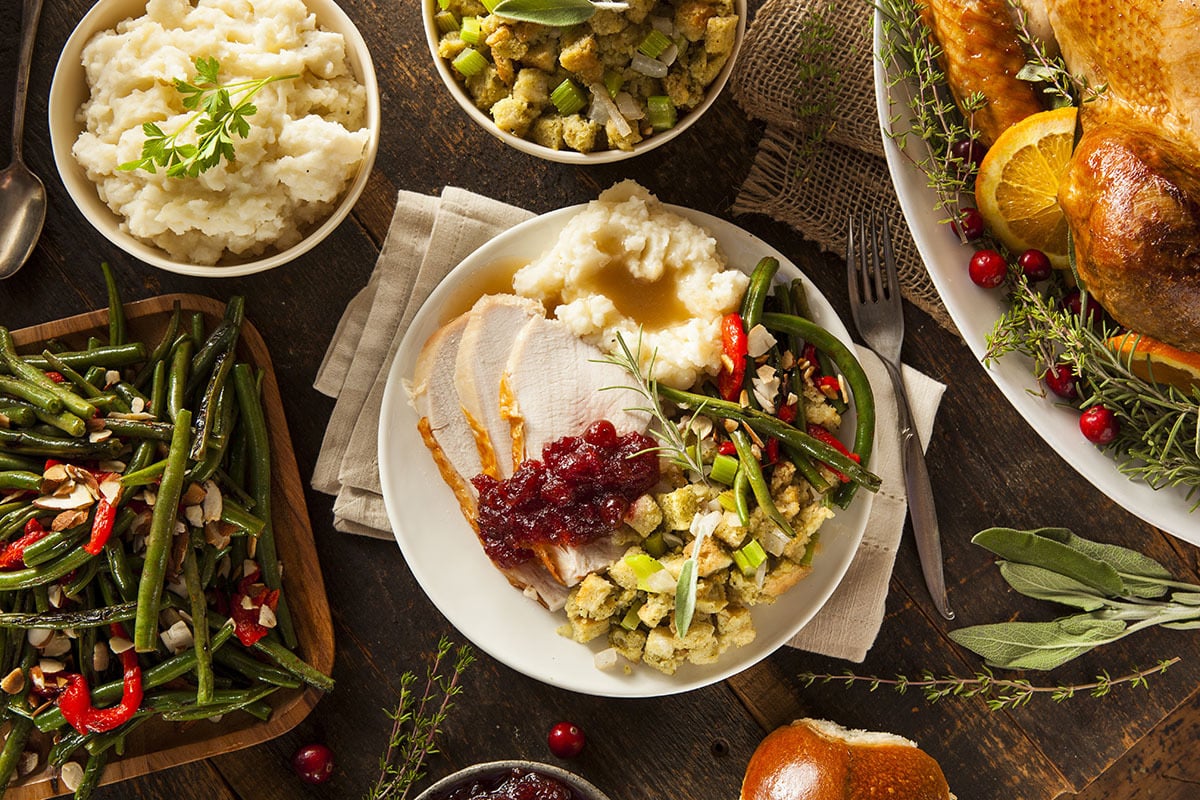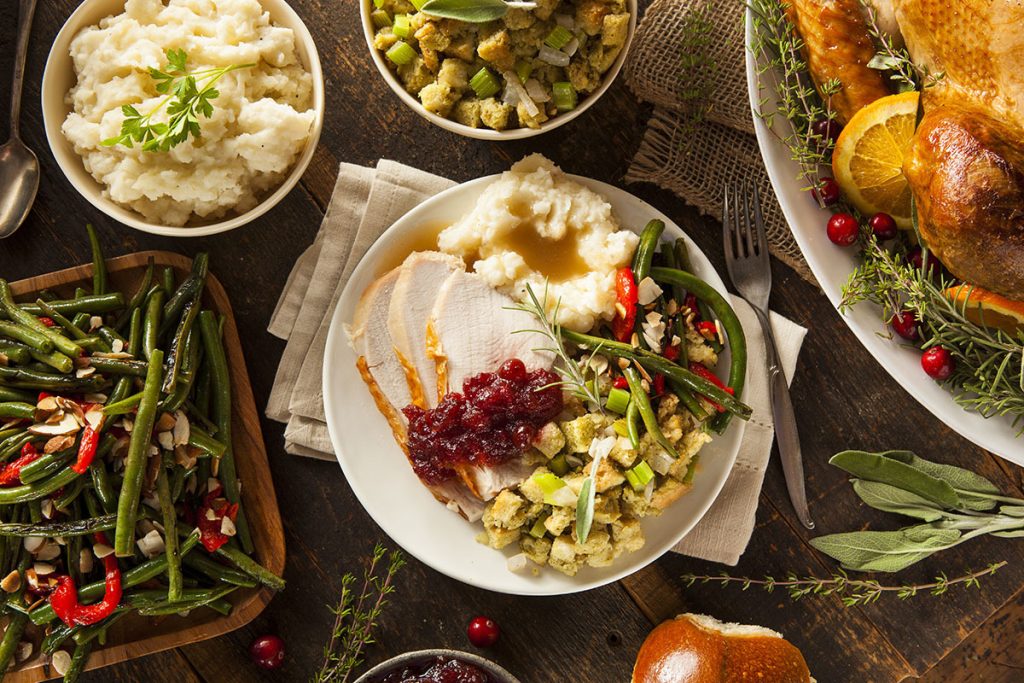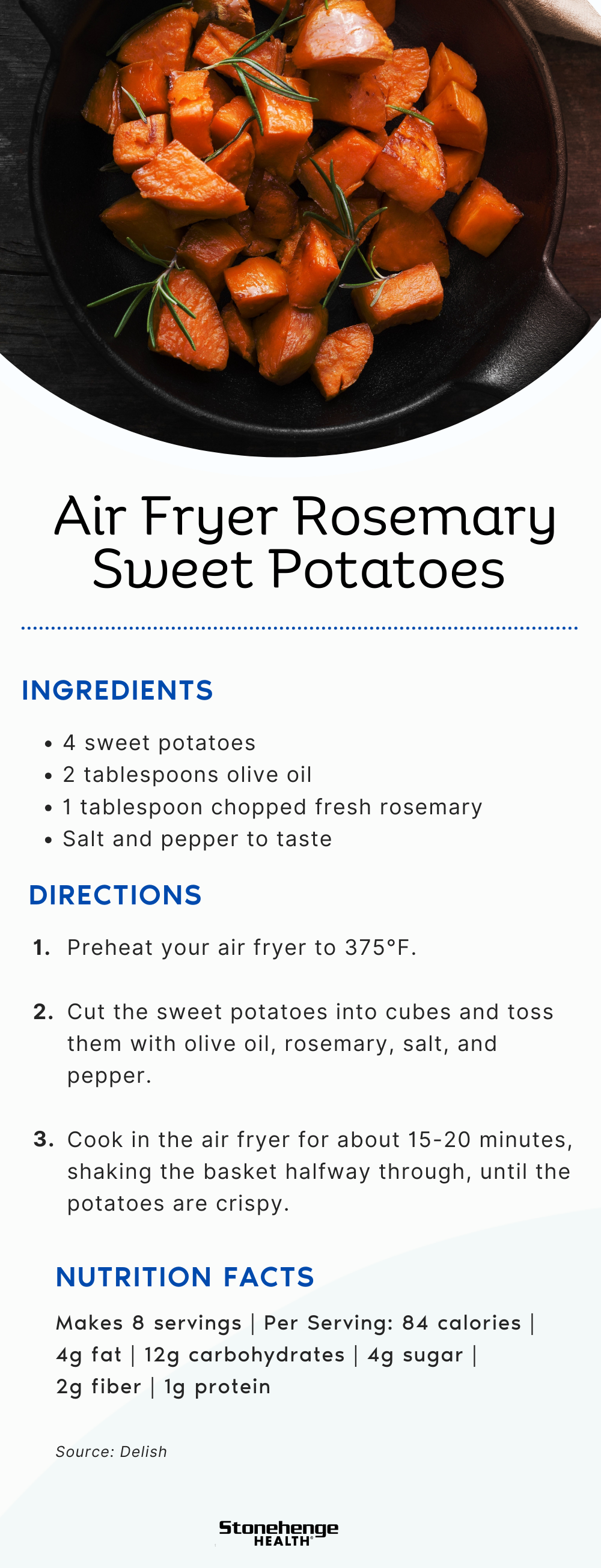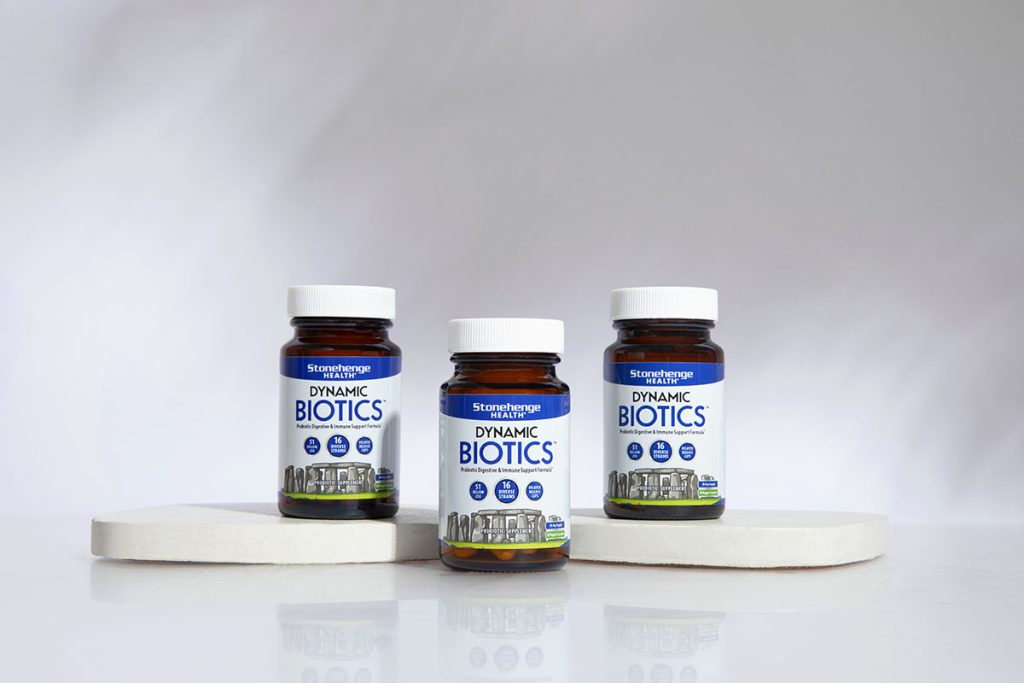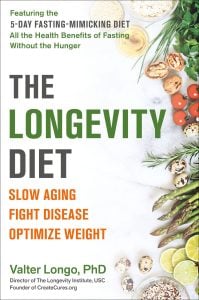
“Can you bring an appetizer?”
If you have a dinner party or a barbecue coming up, we have a dish you can bring that will seriously ‘wow’ your friends.
If you bring chips and salsa, your friends will be grateful, and it’ll probably get eaten.
If you bring this mushroom pâté, there will be a line at the appetizer table, and you will become a legend.
This is a vegetarian version of the classic pâté and makes for a rich and flavorful spread that’s perfect for appetizers or as part of a sophisticated meal.
It’s not only delicious, but the mushrooms in this recipe contain several health benefits your friends and family will appreciate.
Mushrooms like shitake, portobello, and cremini are low in calories, making them a great weight management choice.
They also provide valuable nutrients such as B vitamins, which are essential for energy metabolism and brain health, and minerals like selenium, which is important for thyroid function and has antioxidant properties.
Additionally, mushrooms labeled “fortified” have been exposed to sunlight or ultraviolet light, which provides them with vitamin D—a crucial nutrient for bone health and immune function.
You can feel confident knowing this recipe is not only tasty but also supports a healthy, balanced diet with a range of nutrients.
This pâté is an elegant and flavorful choice that can impress as a part of a charcuterie board or a gourmet appetizer. Its rich, umami-packed flavor profile makes it a delightful alternative to meat-based pâtés.
And best of all…
It’s easy to make!
Mushroom Pâté
Ingredients:
• 1 pound mixed mushrooms (shiitake, portobello, cremini), finely chopped
• 1 shallot, minced
• 2 cloves garlic, minced
• 1/4 cup unsalted butter (consider subbing 3 tsp of olive oil for a healthy alternative)
• 1 tablespoon olive oil
• 1/4 cup dry sherry or white wine
• 1 tablespoon fresh thyme leaves
• 2 tablespoons fresh parsley, chopped
• 1 teaspoon Dijon mustard
• 1/3 cup low-fat cream cheese, softened (consider subbing ⅓ cup silken tofu for a healthy alternative)
• Salt and freshly ground black pepper
• Toasted bread, crackers, or vegetable sticks for serving
Instructions:
1. Cook the mushrooms: Heat the butter and olive oil over medium heat in a large skillet. Add the shallot and garlic, and sauté until soft and translucent. Add the mushrooms and increase the heat to medium-high. Cook until the mushrooms are golden brown and all their liquid has evaporated, stirring occasionally.
2. Deglaze and season: Add the dry sherry or white wine to the skillet, scraping up any browned bits from the bottom of the pan. Cook until most of the liquid has evaporated. Stir in the thyme and cook for another minute. Remove from heat and let it cool slightly.
3. Blend the pâté: Transfer the mushroom mixture to a food processor. Add the parsley, Dijon mustard, and cream cheese. Blend until smooth. Season with salt and pepper to taste.
4. Chill: Transfer the pâté to a serving bowl or mold. Cover and chill in the refrigerator for at least an hour to allow the flavors to meld and the pâté to firm up.
5. Serve: Serve the mushroom pâté chilled with toasted bread, crackers, or a selection of vegetable sticks for dipping.
Nutritional Info:
Servings: Approximately 10
• Serving size: 2-3 tablespoons
• Calories per serving: 80 kcal
• Fat per serving: 7 grams
• Protein per serving: 2 grams
• Carbohydrates per serving: 3 grams
• Sugars per serving: 1 gram
• Fiber per serving: .5 gram

This unique recipe is guaranteed to impress your friends. Be prepared for a lot of questions about the recipe, and feel free to share this link.
Or keep it a secret; it’s up to you.
Functional Mushrooms for Healthy Stress Response

Do parties, BBQs, or other social gatherings ever give you anxiety?
Party anxiety is pretty common, but it can turn what’s supposed to be a pleasant time among family and friends into something that you dread.
Dynamic Mushrooms from Stonehenge Health harnesses the natural power of adaptogenic mushrooms to address stress and anxiety.*
Adaptogenic mushrooms are types of fungi known for their ability to help the body adapt to and resist different physical and mental stressors. In other words, they can help your body cope with stress and anxiety, which is why they’re a key ingredient in Dynamic Mushrooms. It’s important to note that these are not the mushrooms you’ll find in this pâté or at the supermarket.
This blend contains four renowned types of mushrooms—Lion’s Mane, Chaga, Maitake, and Reishi—each known for their health-promoting properties.*
Lion’s Mane is celebrated for its potential to support brain health and cognitive function.* This can be particularly beneficial for managing stress, as it may help improve focus and mental clarity, making it easier to navigate stressful situations.*
Reishi is widely used in traditional medicine for its calming properties and is believed to help enhance sleep quality and reduce anxiety, providing a more relaxed state of mind.*
But there’s more.
Chaga and Maitake also help your body and mind better adapt to stressful situations, so you feel zen-like calmness.*
Chaga is known for its antioxidant properties, which can combat oxidative stress—a physiological stressor.*
Maitake has been noted for its potential to support overall immunity, which can be compromised by chronic stress and anxiety.*
By combining these powerful mushrooms, Dynamic Mushrooms aims to offer a natural, holistic approach to managing stress and promoting a sense of well-being, helping users maintain a balanced and healthy lifestyle amidst their daily challenges. Why not give it a try and see how it can help you?







